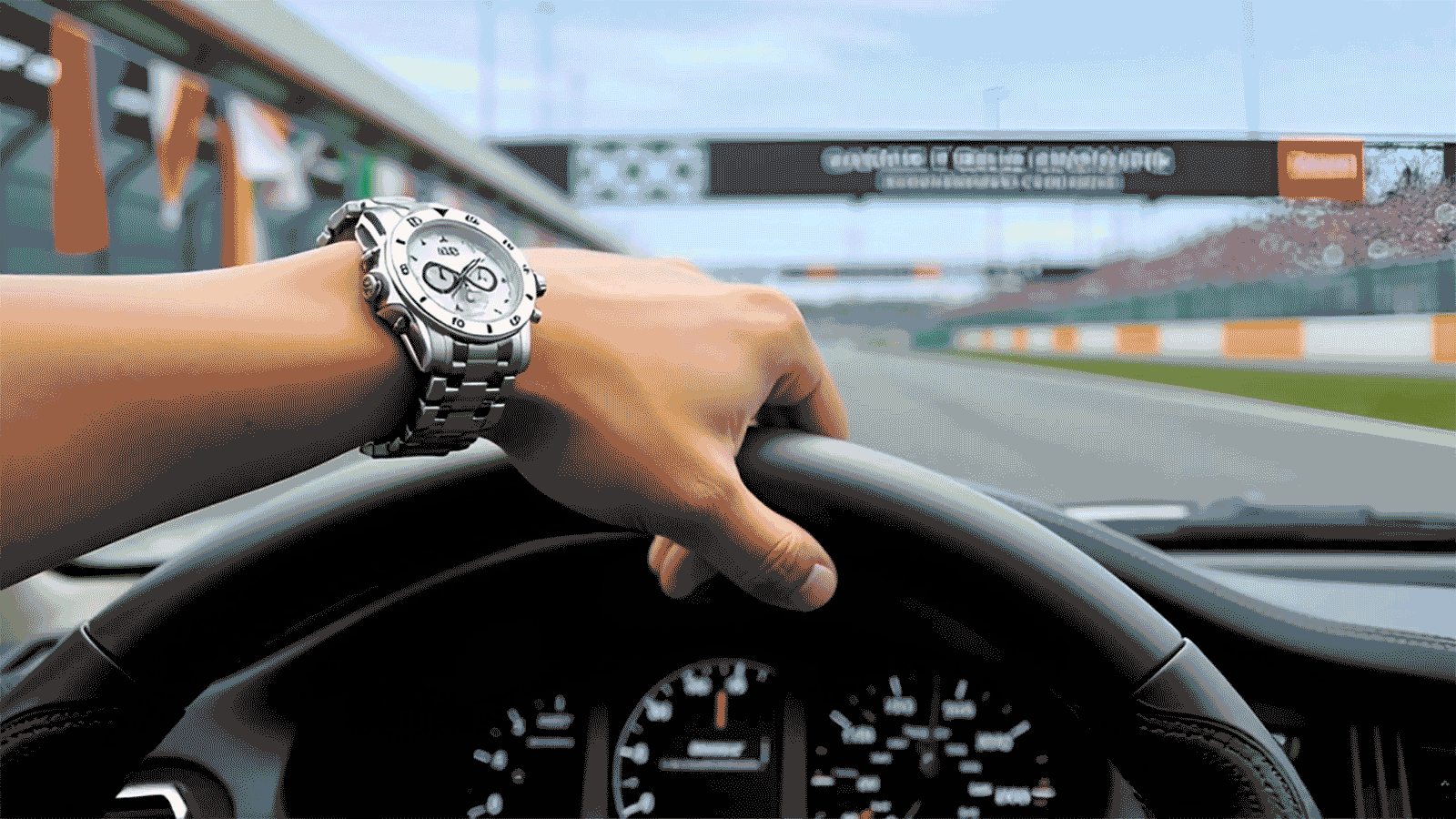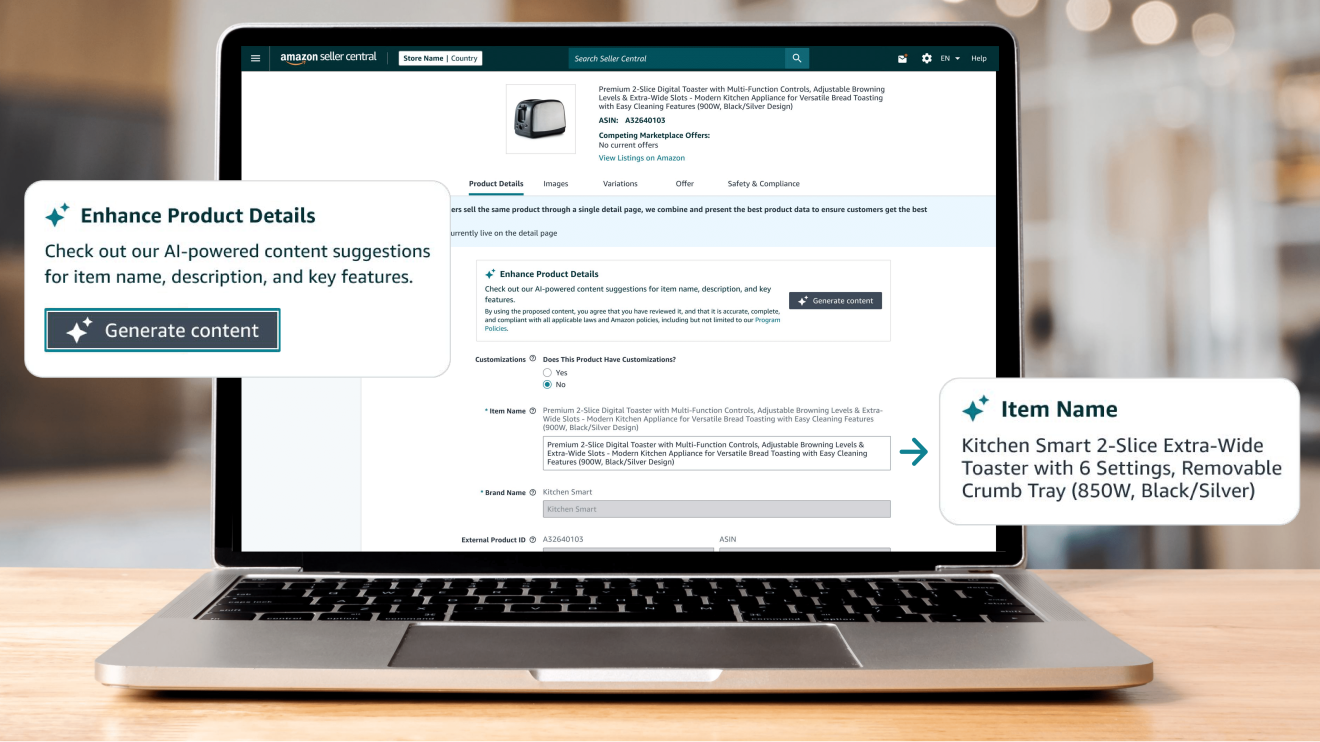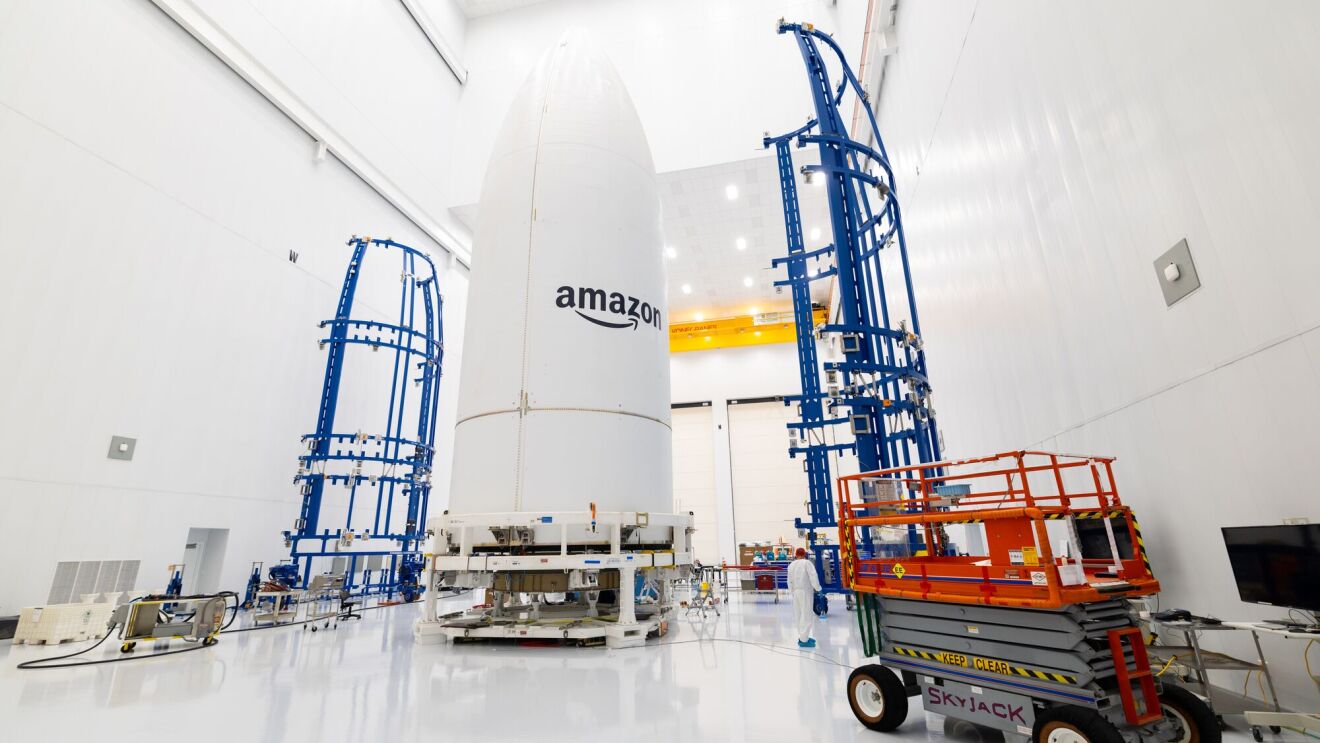Jon Stevens is clear about what motivates his work with Amazon Scout.
“I remember as a child getting a kid’s guide to robotics from the library. It taught me how to make a robotic finger out of a couple of straws and some string. Even though it was pretty basic, I was amazed at being able to create something that had movement and life to it—that was a reflection of us as creatures,” said Stevens.
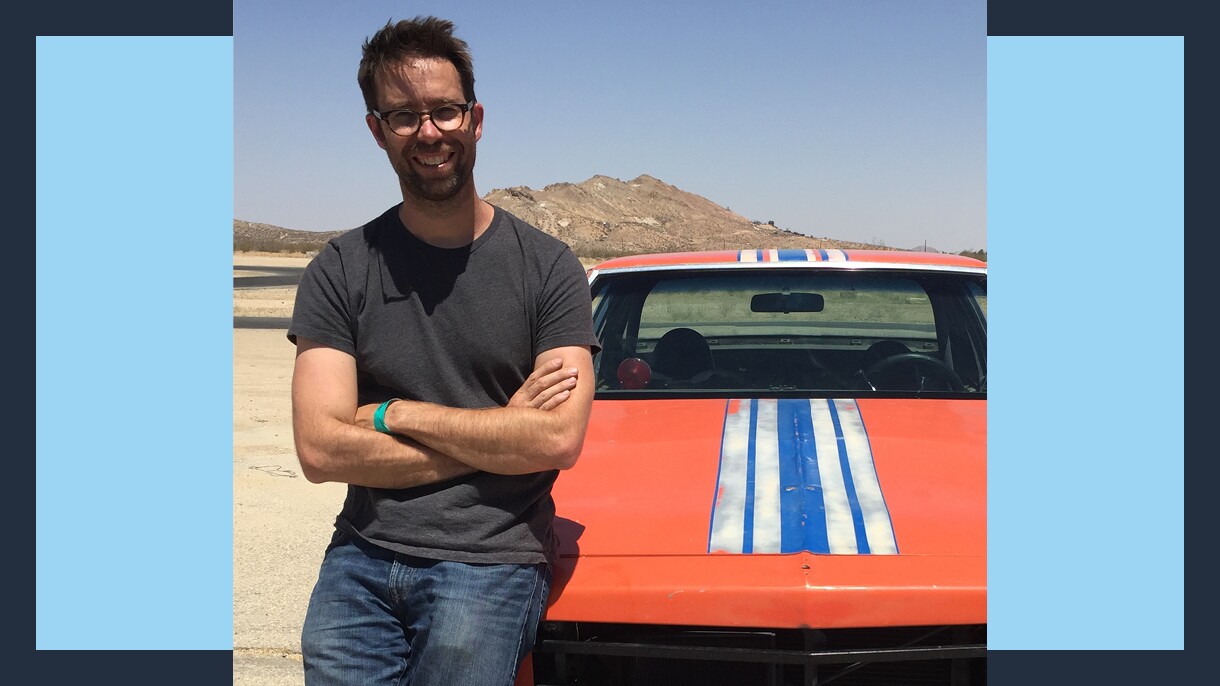
Stevens went on to study kinematics and dynamics in college, which is where his curiosity evolved into the beginnings of a career.
On graduation, he landed a job at Segway, where he started by working on vehicle dynamics. While working in his role, he also managed to learn about embedded programming, software, analog electronics, motors, and batteries. Everything that makes an electrically propelled vehicle. When Stevens was working on the balancing and steering controllers of Segway, he recognized what would become a key interest for him.
“I realized that it was about an interface and the ability of people to interact with machines. That’s where I found my passion,” said Stevens. “Not just in building robots or robotic systems, but things you could interact with dynamically. It became a major theme in what I like to do. I have spent a lot of time thinking about how people interact with devices.”
There’s a great synthesis between art and technology. They’re both highly creative.
Jon Stevens
Principal engineerAs part of the Scout team, Stevens’s instinct to build robots that enhance the human experience has never left him.
“Technology should be delightful. We want people to welcome Scout into the community and for it to be everything it could be. That means that it needs to be a good pedestrian and yield and be courteous, and my work on locomotion contributes to that.”
The concept of robotics improving and augmenting our lives is a big part of Stevens’s philosophy that good robots should give people better tools to work with. Tools that build our own strengths, in the same way computers strengthen analysis and calculation.
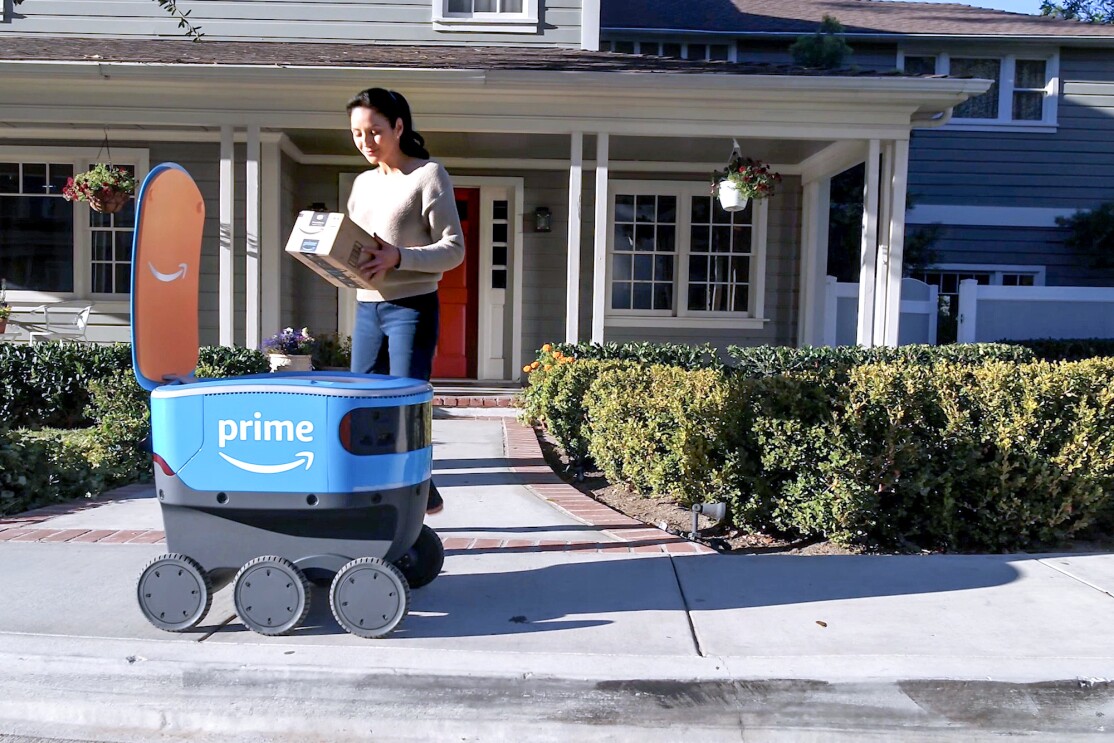
Earlier in his career, Stevens developed electric bikes with the idea of technology complementing humanity.
“At Superpedestrian, we wanted to use robotics to augment the rider experience. Our theory was that you shouldn’t feel like a human riding an e-bike; you should feel like a superhuman riding a bike. That’s what we wanted the experience to be,” he said.
With this kind of enthusiasm and ambition for the potential of robotic technology, Stevens also found himself among the Imagineers at Walt Disney for some years. Working with the ride systems group, he pursued his love of enhancing things that move—this time for the enjoyment of thrill-seekers.
Stevens worked with creatives at Disney who wanted each attraction to tell a story. He also worked with ride animators who translated the stories into motion, and hardware engineers who built vehicles with the capabilities to express what the creatives wanted. He admits that he’s had a particularly fun set of experiences as a person in technology.
“On one project, we wanted to do some experiments on how to mimic the feeling of being in a car chase, because you have to understand how that feels,” said Stevens. “I got sent out into the desert north of Los Angeles to learn how to drift in a real car with experts. We also gathered data, so we could translate those experiences into the ride vehicles we were developing. We did experiments on vehicle capability and how they felt in reality.”
In his current role working on Scout, Stevens enjoys combining this passion for experimentation with real-world problem-solving. In fact, he was initially drawn to the opportunity to solve the “last mile problem” with a lightweight electric propulsion vehicle. He also wanted to learn about Amazon’s Leadership Principles from within and see firsthand how they are being used effectively in a big company.
“I came here to work on robotics and to work with the great people we have at Amazon,” said Stevens. “In robotics, you don’t do anything alone. It takes a team with diverse skills and perspectives, shared passions, and a bit of courage to tackle the unknown.”
When it comes to advice for budding roboticists, Stevens says to keep your eyes open, be curious, and take risks.
“I don’t think I planned to work anywhere I’ve worked,” he said. “I was drawn along by my interests, what I wanted to learn, and who I wanted to be with. When you align your passions and your interests with what you’re doing, the hard work becomes meaningful.”
A creative who enjoys art and music outside of work, Stevens also stresses that robotics isn’t all about the application of rules. It’s more creative than people think.
“There’s a great synthesis between art and technology. They’re both highly creative,” said Stevens. “Robotics isn’t all science and engineering. It spans multiple domains. As robots get more exposure among the public, disciplines like industrial design and experience design will become even more core to the process of bringing robots to life.”
Meet the other Amazon roboticists being spotlighted in our National Robotics Week series and explore jobs working with Amazon Scout.
Trending news and stories





